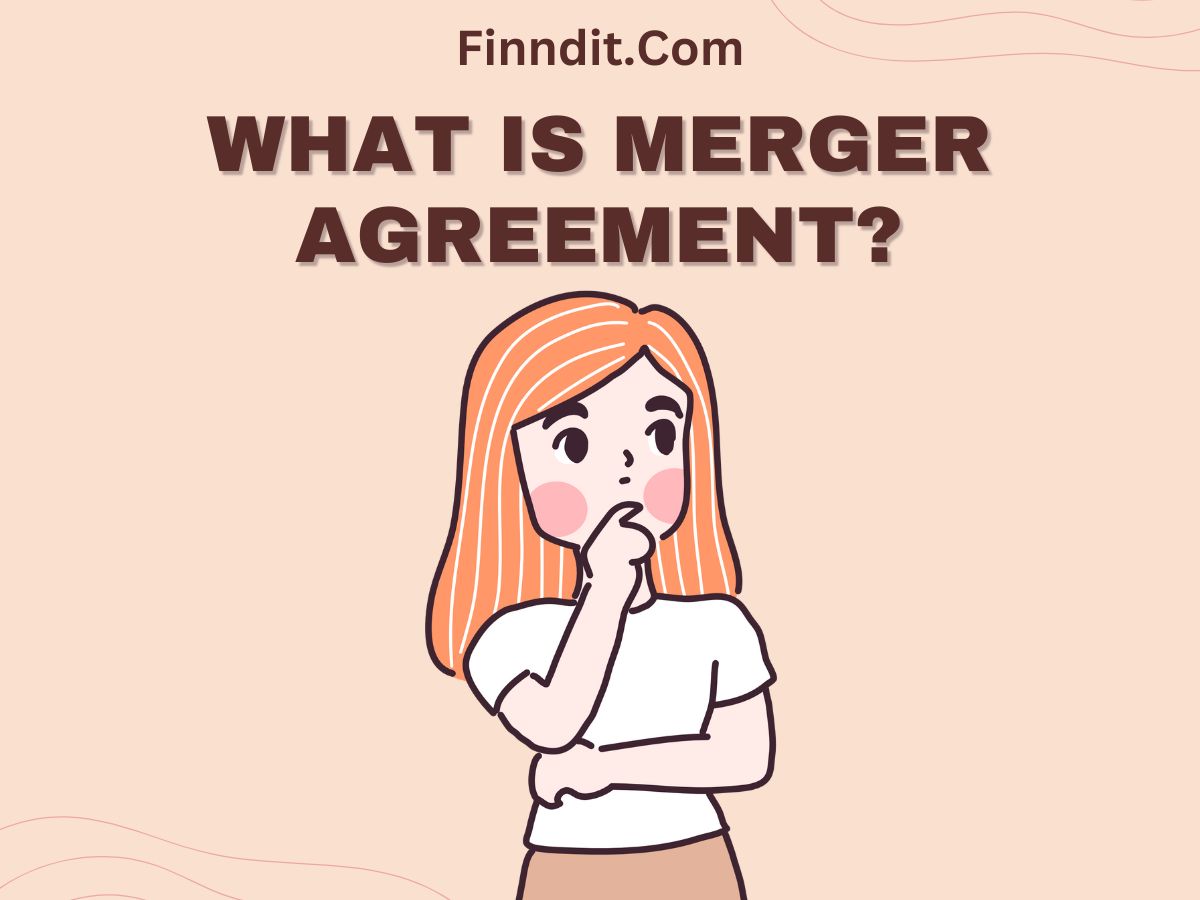What is Merger Agreement?

A merger agreement is a legal document that outlines the terms and conditions of a merger between two companies. A merger is a business transaction where two companies combine their operations, assets, and liabilities to become a single entity.
A merger agreement is an essential document that ensures that both parties are on the same page and understand the terms of the merger. In this blog, we will explore what a merger agreement is, its key components, and some frequently asked questions.
Key Components of a Merger Agreement:
- The Parties Involved: The merger agreement should clearly identify the companies that are merging.
- The Terms of the Merger: The agreement should describe the terms of the merger, including the method of payment, any contingencies, and the timeframe for completing the merger.
- Representations and Warranties: Both parties must make certain representations and warranties about their respective companies. These statements are essential in ensuring that both parties understand the risks and benefits of the merger.
- Covenants: The agreement should specify the covenants that both parties agree to abide by. These may include provisions on confidentiality, non-compete agreements, or restrictions on the sale of assets.
- Conditions of the Merger: The agreement should outline the conditions that must be met before the merger can be completed. These may include regulatory approvals or shareholder votes.
- Termination: The agreement should also specify the circumstances under which the merger may be terminated.
- Governing Law: The merger agreement should specify the laws that govern the agreement.
Frequently Asked Questions:
What is the difference between a merger and an acquisition?
ANS:In a merger, two companies combine to become a single entity, while in an acquisition, one company purchases another.
What are the benefits of a merger?
ANS:Mergers can provide companies with increased market share, cost savings, and access to new technologies and expertise.
What are the risks of a merger?
ANS:Mergers can also be risky, as they can result in layoffs, reduced morale, and cultural clashes between the two companies.
How long does it take to complete a merger?
ANS:The timeframe for completing a merger can vary widely, depending on the complexity of the transaction and the regulatory approval process.
What is due diligence?
ANS:Due diligence is the process of investigating and verifying the financial and operational information of a company before a merger or acquisition.
Who approves a merger?
ANS:Mergers must be approved by the boards of directors and shareholders of both companies, as well as regulatory bodies such as the SEC and the Department of Justice.
What is a hostile takeover?
ANS:A hostile takeover is a type of acquisition where the acquiring company makes an unsolicited offer to the target company's shareholders.
What is a letter of intent?
ANS:A letter of intent is a non-binding agreement that outlines the key terms of a potential merger or acquisition.
Can a merger agreement be changed?
ANS:A merger agreement can be changed if both parties agree to the changes.
What happens after a merger is completed?
ANS:After a merger is completed, the two companies become a single entity, and the shareholders of the target company receive payment for their shares. The merged company may also undergo rebranding and restructuring to reflect the new organization.
View Also -
What is Operating Expense Ratio?
